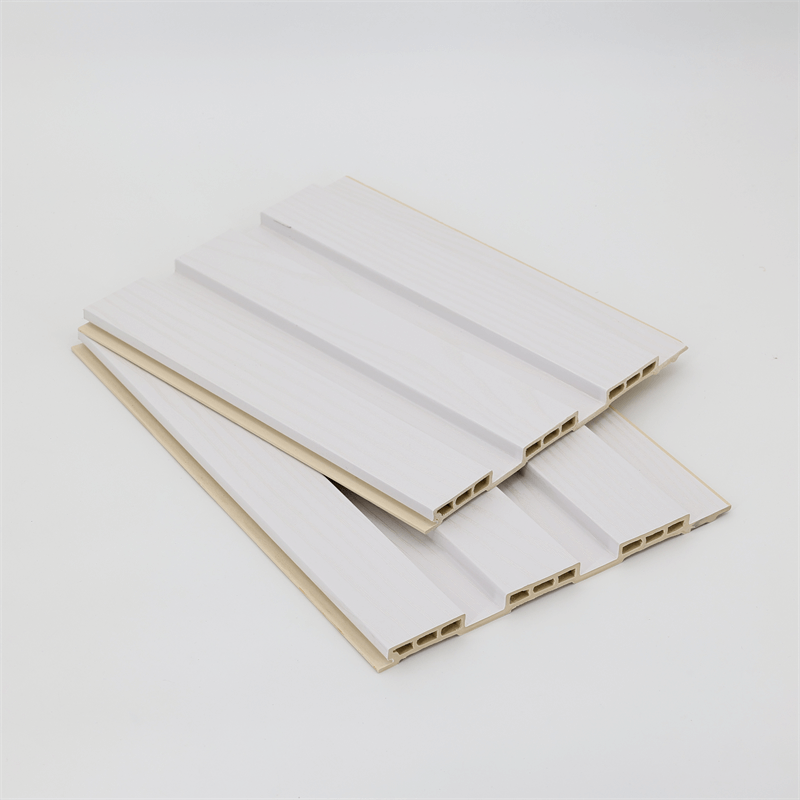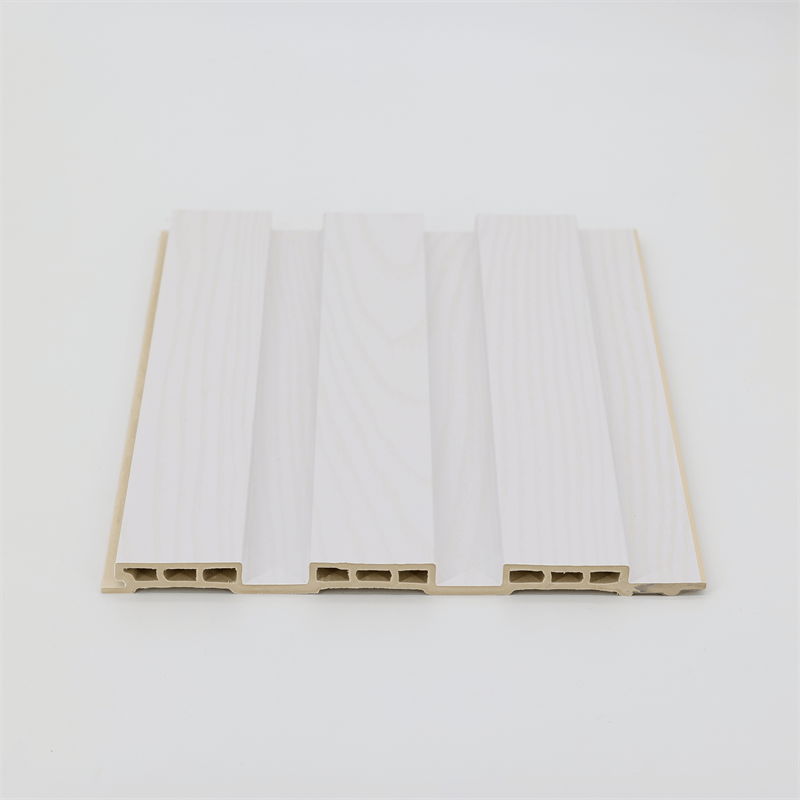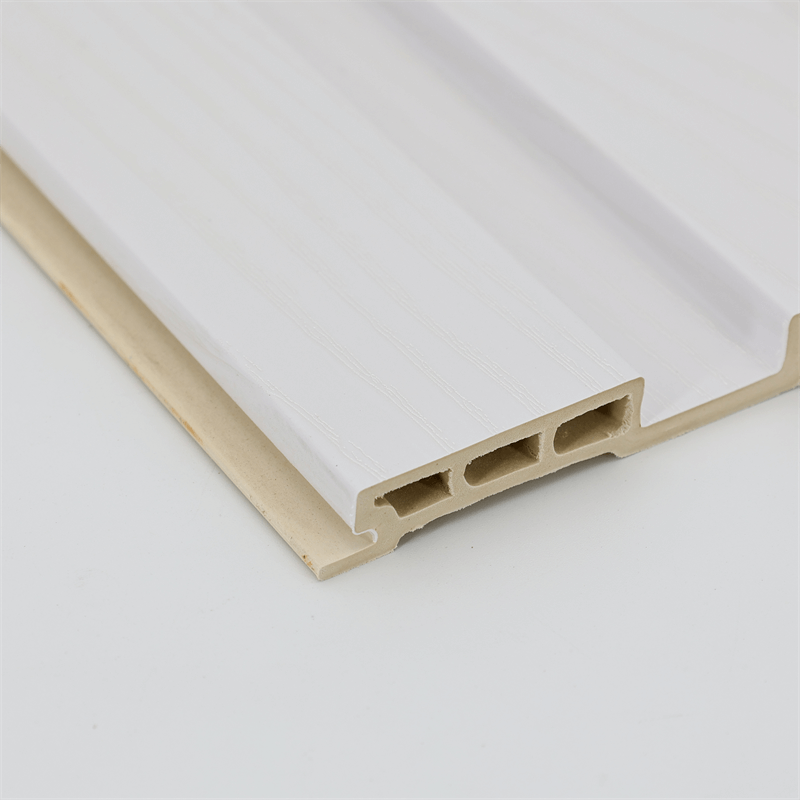When it comes to wall paneling, wood has long been the go-to material, offering a classic and timeless aesthetic.
However, the emergence of Wood-Plastic Composite (WPC) wall panels has introduced a new contender in the construction industry.
This essay compares WPC wall panels to traditional wood paneling, examining their differences in terms of durability, maintenance requirements, environmental impact, and design options.

I. Durability:
A. Moisture Resistance: One of the significant advantages of WPC wall panels over traditional wood paneling is their superior moisture resistance.
While wood panels are prone to swelling, warping, and decay when exposed to moisture, WPC panels are engineered to withstand such conditions.
The combination of wood fibers and plastic polymers in WPC panels provides excellent resistance to moisture, ensuring their long-term durability and structural integrity.
B. Rot Resistance: Traditional wood paneling is susceptible to rot and decay when exposed to moisture and pests.
In contrast, WPC wall panels exhibit inherent rot resistance due to the plastic component.
This rot resistance ensures that WPC panels maintain their structural integrity and aesthetic appeal over time, reducing the need for frequent replacements and repairs.
II. Maintenance Requirements:
A. Sealing and Finishing: Traditional wood paneling often requires regular sealing, staining, or painting to protect it from moisture, UV rays, and general wear and tear.
In contrast, WPC wall panels are designed to be low maintenance. They do not require sealing or finishing treatments, eliminating the need for ongoing maintenance tasks.
Simple cleaning with mild soap and water is usually sufficient to keep WPC panels looking their best.
B. Pest Control: Wood paneling is susceptible to insect infestation, leading to damage and the need for pest control measures.
WPC wall panels, on the other hand, are not attractive to pests and provide a barrier against infestation.
This advantage reduces the risk of damage caused by insects, further reducing maintenance requirements.

III. Environmental Impact:
A. Material Sourcing: Traditional wood paneling often relies on the harvesting of natural forests, contributing to deforestation and habitat destruction.
In contrast, WPC wall panels are composed of a combination of recycled wood fibers and plastic polymers, reducing the reliance on virgin wood and diverting waste from landfills.
This composition makes WPC panels a more sustainable and environmentally friendly choice.
B. Lifespan and Waste Reduction: WPC wall panels have a longer lifespan compared to traditional wood paneling.
Their durability and resistance to moisture, rot, and pests contribute to their longevity.
By opting for WPC panels, the need for frequent replacements is minimized, reducing waste generation.
Additionally, since WPC panels are composed of recycled materials, they contribute to the reduction of waste and promote resource efficiency.
IV. Design Options:
A. Aesthetic Variety: Traditional wood paneling offers a classic and natural look that is favored by many.
However, WPC wall panels have made significant strides in replicating the appearance of wood.
With advancements in technology, WPC panels can closely mimic the texture, grain patterns, and color variations of natural wood.
Additionally, WPC panels offer a wider range of color options, allowing for more versatility in design.
B. Customization and Versatility: WPC wall panels provide greater design flexibility compared to traditional wood paneling.
They can be easily molded into various shapes and sizes, allowing for unique and creative applications.
Additionally, WPC panels can be combined with other materials, such as glass or metal, to create visually dynamic compositions.
The versatility of WPC panels expands the design possibilities and enables designers to achieve their desired aesthetic vision.

When comparing WPC wall panels to traditional wood paneling, several key differences emerge.
WPC panels offer superior durability, with their moisture and rot resistance ensuring long-term performance.
They require less maintenance, eliminating the need for sealing, staining, and frequent pest control measures.
From an environmental standpoint, WPC panels are more sustainable, as they are composed of recycled materials and contribute to waste reduction.
In terms of design options, WPC panels closely replicate the appearance of wood while offering a wider range of colors and greater design flexibility.
While traditional wood paneling holds its timeless appeal, the advantages of WPC wall panels in terms of durability, maintenance requirements,
environmental impact, and design possibilities make them a compelling alternative.
As the construction industry continues to prioritize sustainability and longevity, WPC wall panels are proving to be a viable and attractive choice for both residential and commercial projects.